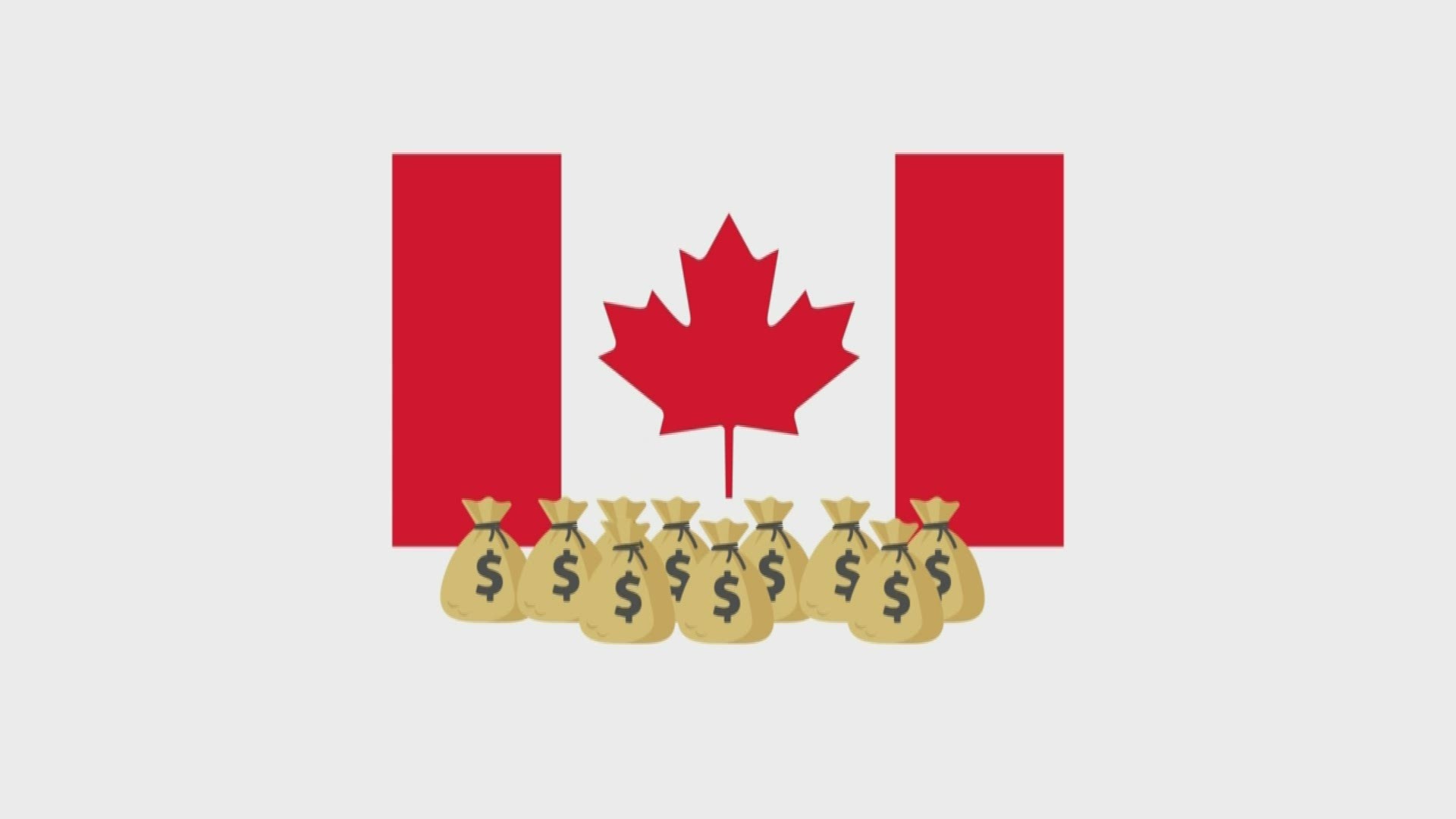America and Canada. Allies in politics, rivals in sports. But both nations have a lot of things in common:
- We both speak English. Though they've got French down, too.
- We both love Celine Dion and Garth Brooks.
But, there are some obvious differences, too:
- Baseball is our national pastime. Theirs is hockey.
- They like the metric system. We still use the king's foot for measurements.
But, no subject gets more attention when drawing discrepancies between the two North American neighbors like healthcare.
In America, liberals tend to lionize the Canadian system. Conservatives pan it. So, what are the facts?
First, the histories.
The U.S. healthcare system sprung up mostly during the Industrial Revolution. Factories were dangerous, and emerging unions fought to have employers help pay for injuries and illnesses they got on the job.
In Canada, Tommy Douglas developed their single-payer system in the 1960s. Some polls say he's more popular in Canada than Wayne Gretzky.
What does it cost?
Canadians pay taxes for their healthcare, and each province or territory provides "medically necessary services" with that money. But, it's up to each province or territory to decide what medically necessary means. There are a lot of different estimates, but Consumers Mutual says the average Canadian pays about $160 per month in taxes for that basic coverage—or $2,000 a year. Private healthcare does still exist, but as supplemental option, which is what some Canadians choose to do.
In the U.S., the employer-based system varies wildly. Americans pay premiums every month in addition to out-of-pocket costs. eHealth says the average deductible for individual plans is more than $4,000 and close to $8,000 for a family plan. Average monthly premiums are more than $300 a month for individuals, and more than $800 for families. And that's just what the workers pay. On average, American employers pay more than $13,000 per employee.
What are the impacts of the costs?
An article in the American Journal of Public Health shows more than two-thirds of all bankruptcies are because people can't pay their medical bills. Canada still has that problem, too. But to a much lesser degree. According to the Fraser Institute, it's not even among the top three causes in Canada.
Like in Canada, most lifetime caps are prohibited by U.S. plans. But, before Obamacare, as an example, if someone had cancer, insurance companies might stop paying for treatment if it hit $1 million.
A big thing people talk about with Canadian healthcare is the wait time. Some estimates say it could take 22 weeks to see a specialist after a primary doctor makes a referral. Even just getting an MRI could take a month. In the U.S., it's between 18 and 22 days to see a specialist.
In both countries, healthcare costs are rising. But, there are a lot of factors that go into it.
What do people think?
Popularity for each system is drastically different. In the U.S., Gallup shows the healthcare system has an approval rating of about 38%.
In Canada, surveys regularly show approval for the healthcare system is in the 80s, and a recent Nanos poll showed 60% of Canadians were willing to pay even more in taxes for expanded coverage.
RELATED VIDEO:
Other stories about healthcare on 13 ON YOUR SIDE:
►Make it easy to keep up to date with more stories like this. Download the 13 ON YOUR SIDE app now.
Have a news tip? Email news@13onyourside.com, visit our Facebook page or Twitter.


